Barely able to hear the crowd cheering over the sound of a dozen engines, junior Clayton Dobiyanski adjusts his goggles, grips the handlebars tightly and waits. The world around him is nonexistent. All that matters is what is in front of him. The gunshot rings out, marking the beginning of the first race of the season. He takes off down the muddy track.
Dobiyanski has been riding motocross since he was about five years old, and his interest began when he was gifted his first dirt bike.
“I learned by just going out and riding and trying my best and really focused on the fundamentals of motocross and how to ride a dirt bike,” Dobiyanski said. “Seeing that on TV and being around it a lot made me want to try it myself.”
Motocross requires a lot of intense practicing. Some professional riders will practice for as many as eight hours every day of the week.
“I ride about three or four times a week,” Dobiyanski said. “Sometimes I have a schedule I do with my dad. You have to stay on top of it or you’ll get soft and your hands will start getting torn up.”
Dobiyanski rides motocross competitively. He competes in track races, but his primary focus is on cross country racing.
“I compete every two weeks,” Dobiyanski said. “We’ll have races starting in March that’ll end around October; that’s for cross country. Then motocross on the track is every three weeks.”
Dobiyanski rides as a “pioneer”, or someone who rides for themselves rather than a team. He travels all over North Texas to compete.
“Competitions are exciting,” Dobiyanski said. “There’s a lot of people at the tracks, [and] a lot of people you get to know and have a lot of fun with.”
Just like any other vehicle, there are a lot of risks that come with motocross. Concussions, broken bones and even death are just a few examples of the dangers of the sport.
“I’ve broken a lot of bones,” Dobiyanski said. “I’ve broken my collar bone and a lot of fingers. I’ve broken an arm before. I haven’t broken any big bones besides my arm.”
Dobiyanski wishes to pursue a career in motocross after he graduates. Whether it be working on bikes or going professional, there are many career options involving motocross.
“I hope when I graduate I can find a job to do something with it, because I want to move forward with it,” Dobiyanski said. “I think it’s something I want to do after high school.”







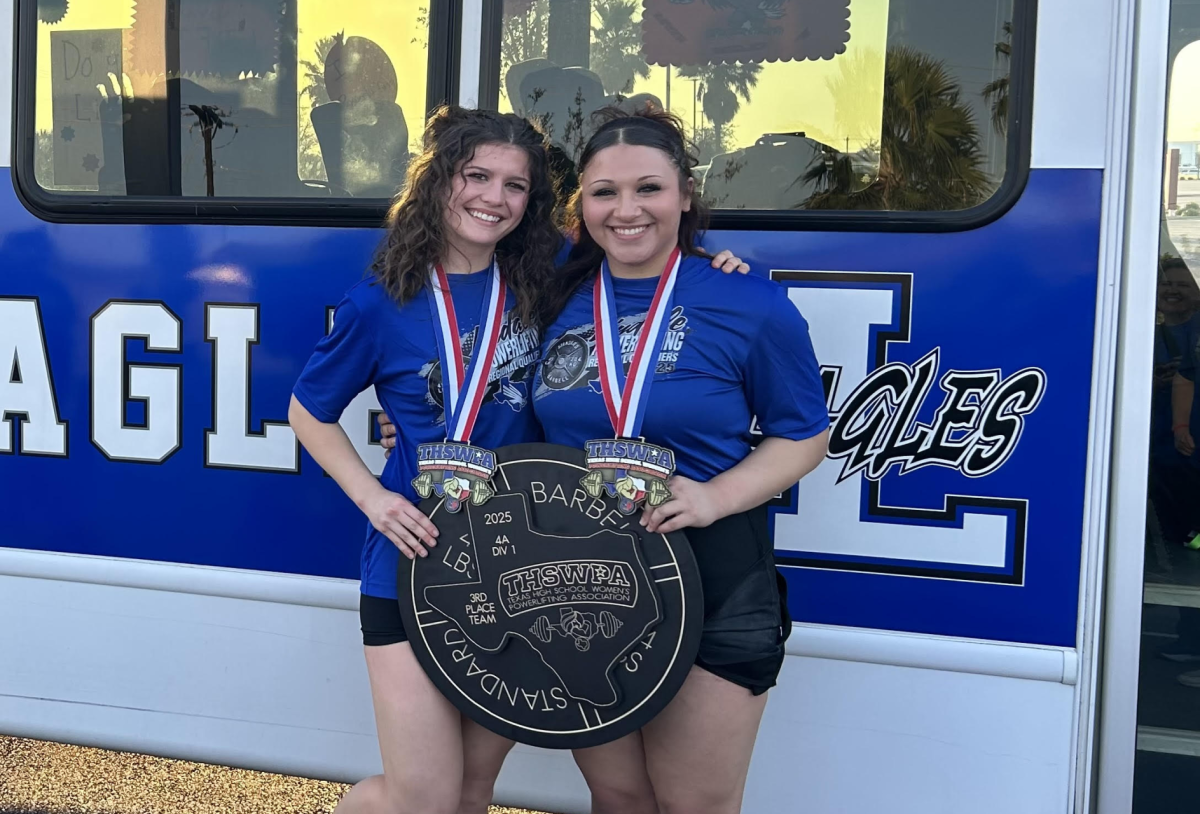

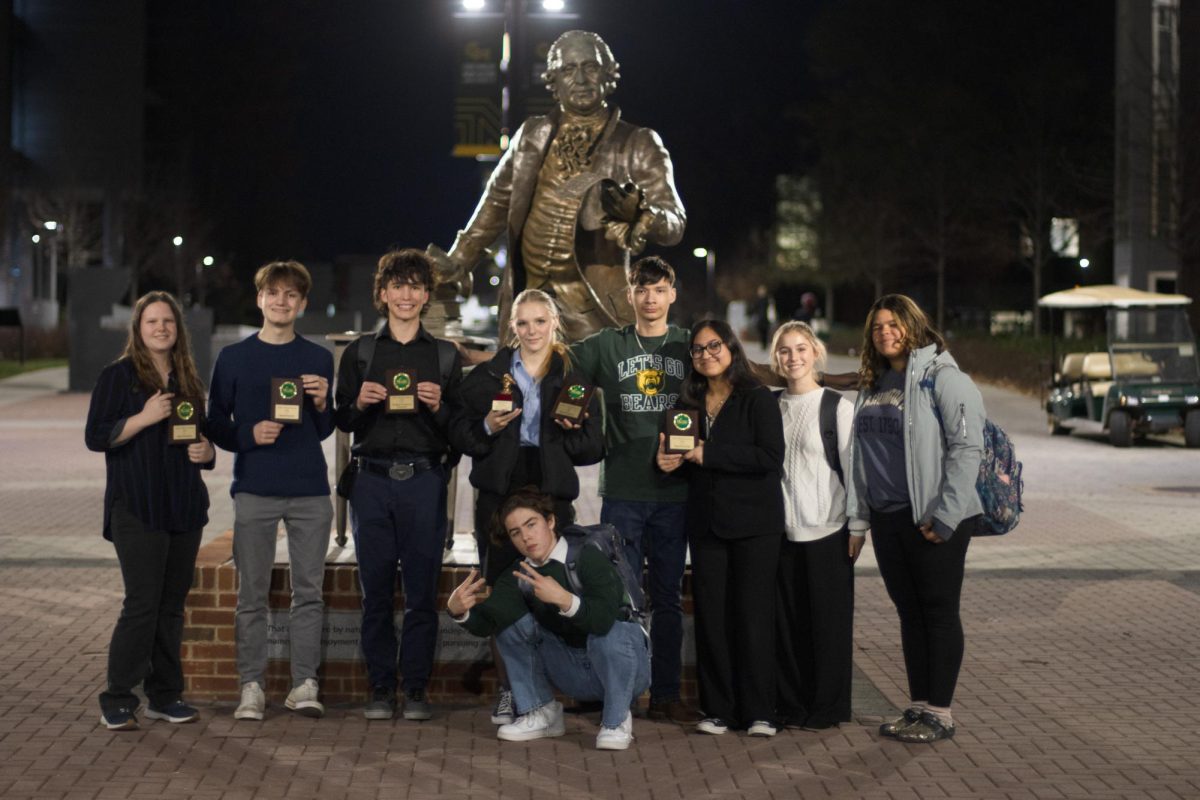

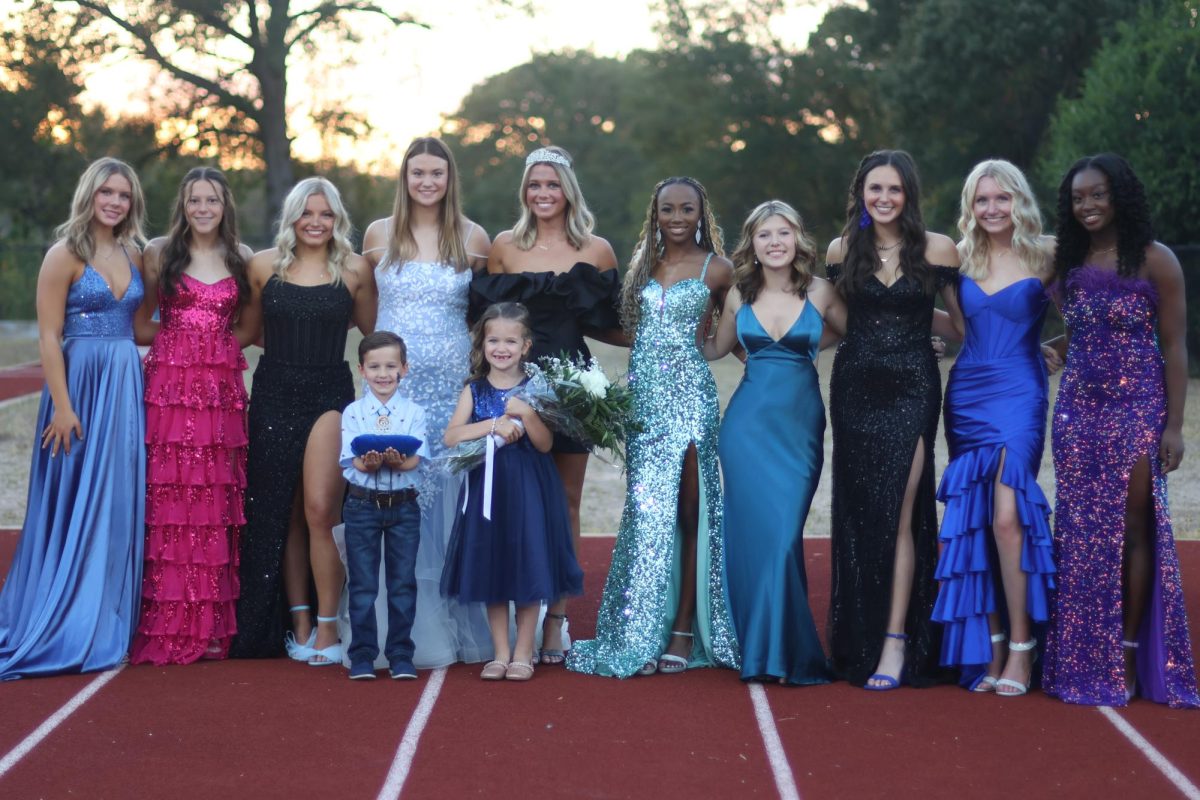

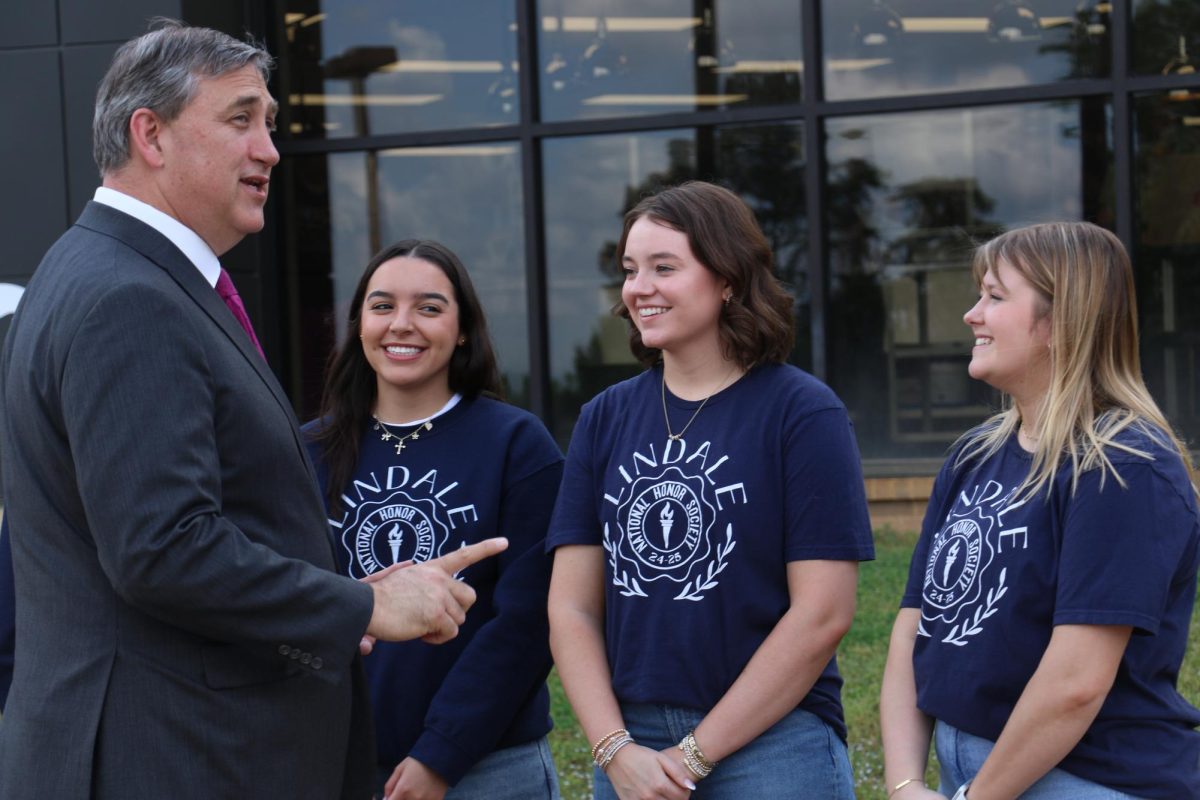




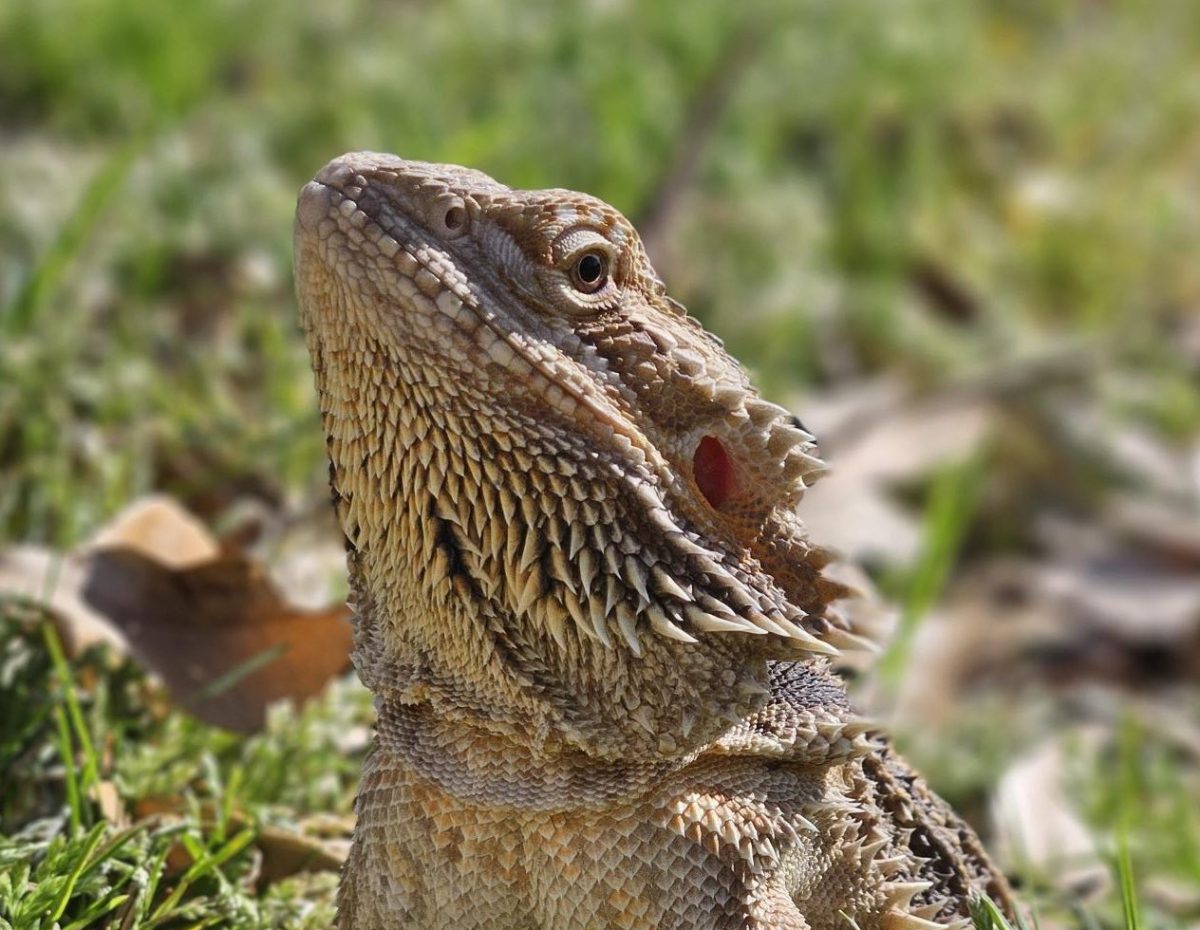

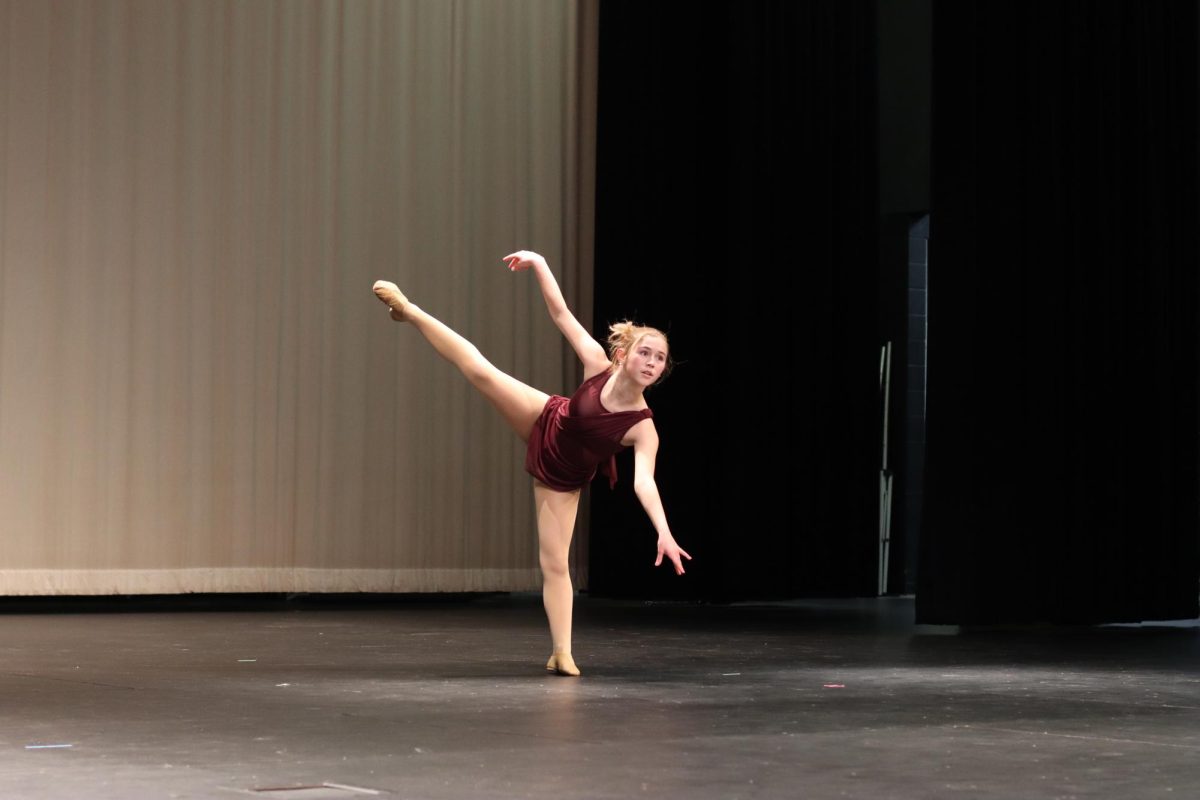


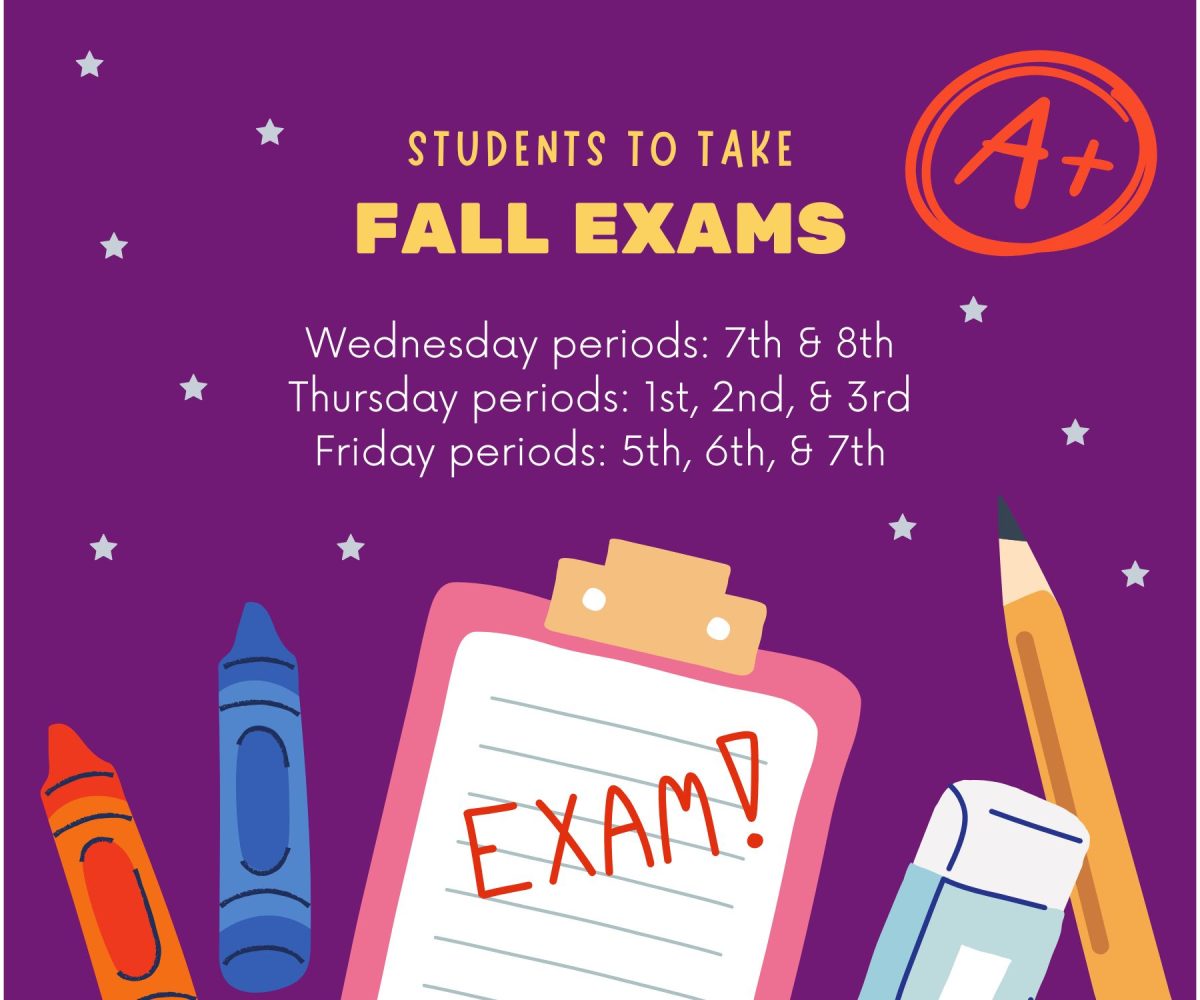

Grace • Sep 15, 2017 at 1:20 pm
splendid!